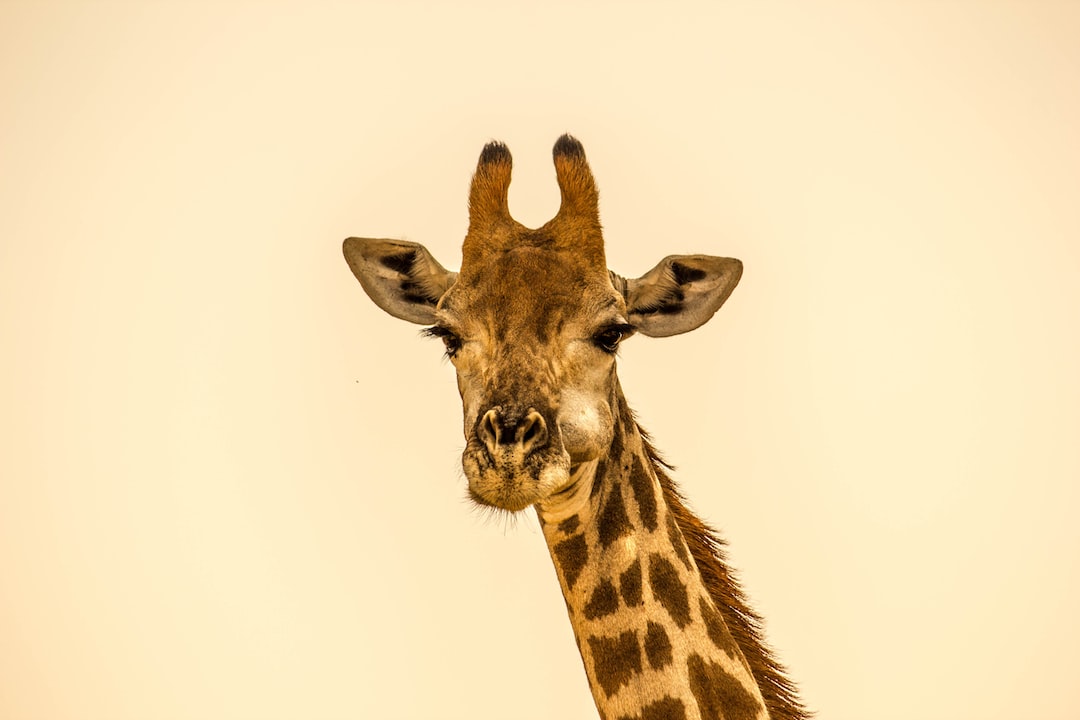In the vast and diverse world of animals, there exists a remarkable array of species that have evolved and adapted to survive in the most extreme environments on Earth. From freezing polar regions to scorching deserts, these creatures have developed extraordinary strategies and physical traits to flourish where most would perish.
One such extreme environment is the Arctic, where temperatures can plummet to bone-chilling lows. Here, the polar bear reigns supreme, displaying remarkable adaptations to this harsh frozen landscape. These magnificent creatures possess a thick layer of fat, or blubber, underneath their skin, which not only provides insulation but also acts as a food source during periods of scarcity. Additionally, their large paws are perfectly designed for traversing the icy terrain, acting as both snowshoes and paddles as they swim through frigid waters.
In complete contrast, the scorching heat of the desert presents an entirely different challenge. The camel, often referred to as the “ship of the desert,” possesses an impressive set of adaptations that enable it to thrive in these arid landscapes. Camels have a unique ability to conserve water, allowing them to survive for extended periods without access to drinking water. They achieve this through their ability to reabsorb water from their urine and by producing dry feces, minimizing water loss from their bodies. Moreover, their humps store fat, not water as commonly believed, which provides a long-lasting source of energy during the hottest days.
The depths of the ocean also harbor some of the most extreme habitats on Earth, where sunlight struggles to penetrate and pressures can be crushing. In this realm, the anglerfish has developed a most astonishing adaptation for hunting prey. The deep-sea anglerfish possesses a bioluminescent appendage dangling in front of its mouth, which emits a gentle glow in the darkness. Acting as a lure, this light attracts unsuspecting prey, enabling the anglerfish to secure a meal in the otherwise pitch-black depths.
Similarly, the African elephant, the largest land mammal on Earth, faces the challenges of living in the savannah, where the dry season brings an unforgiving drought. To overcome this, elephants have a unique adaptation – the ability to detect water sources from vast distances. Through their highly developed sense of smell, elephants are able to detect underground water sources, allowing them to dig for water, even in the driest of landscapes. This adaptation ensures their survival during the harshest times, allowing them to sustain not only themselves but also other members of their herd.
In the world of animals, adaptation to extreme environments is crucial for survival. The examples mentioned above are just a glimpse into the incredible and diverse ways in which animals have mastered the art of survival. From the Arctic tundra to the depths of the ocean and everything in between, the adaptations of these creatures serve as a reminder of the wonders of the natural world.
As humans, it is vital to understand and appreciate the intricate web of life that surrounds us, including these remarkable adaptations. By recognizing the importance of every species and the unique role they play in their respective ecosystems, we can work towards their preservation and ensure the continued survival of these extraordinary creatures in their harshest environments on Earth.


